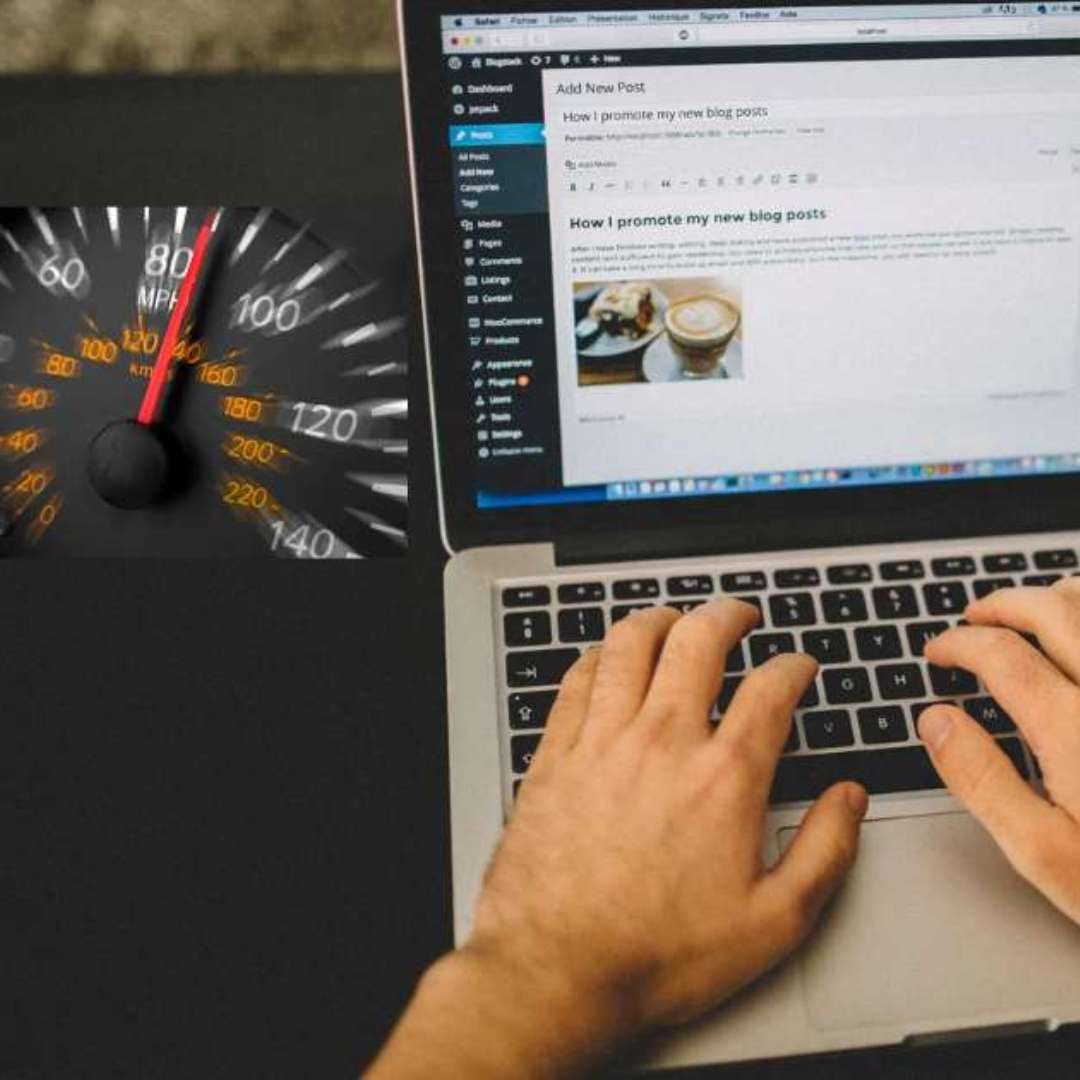How to Speed Up Your WordPress Site


A slow website can be frustrating for both you and your visitors.
If you're running a WordPress site, there are a few things you can do to speed things up.
In this blog post, we'll cover some of the most effective ways to speed up your WordPress site.
Use a Caching Plugin
A caching plugin is one of the simplest and most effective ways to speed up your WordPress site. Caching plugins create a static version of your website and serve that static version to your visitors. This reduces the number of requests your server has to process, significantly improving your page load times.
Several different caching plugins are available for WordPress, but we recommend using WP Super Cache or W3 Total Cache. Both plugins are free and easy to use. However, you may need to check with your hosting provider to ensure they will not cause any issues.
Optimise Your Images
Images can often be the biggest culprit for slow page loading times. That's why optimising your images before uploading them to your website is important. There are a few different ways you can optimise your images:
- Resize your images so they're no larger than needed. You can use an image editing program like Photoshop or GIMP or a free online tool like PicResize.
- Save your images in the correct file format. JPEG is best for photos, while PNG is best for graphics with fewer colours.
- Use an image compression plugin like WP Smush or EWWW Image Optimizer. These plugins will automatically compress your images when you upload them, saving you much time and hassle.
Minimise HTTP Requests
Every time someone visits your website, their browser sends an HTTP request to your server to fetch the content on the page they're trying to view. So, the more files you have on your website (images, CSS files, JavaScript files, etc.), the more HTTP requests that need to be made, and the longer it will take for your pages to load.
One way to minimise HTTP requests is using a CSS file instead of inline CSS styles. CSS files are stored externally from your HTML files, meaning once the visitor's browser caches them, they won't need to be re-downloaded whenever someone visits one of your pages.
You can also minimise HTTP requests by concatenating and minifying your JavaScript and CSS files. Concatenation means combining multiple files into one single file, while minification means removing all unnecessary characters from code (like whitespace) so it's as small as possible. You can use a plugin like Autoptimize or Better WordPress Minify to automatically concatenate and minify your files.
If you want more control over how your files are minified and concatenated, you must edit your theme's functions file (functions.php). We don't recommend doing this if you're uncomfortable with code, as even a small mistake could break your site.
If you want to try editing your functions file, we recommend using a child theme so that any changes you make won't be overwritten when you update your main theme file.
In Conclusion
A slow website is frustrating for both you and your visitors—but Luckily, you can do a few things to speed up your WordPress site. By using a caching plugin, optimising your images, minimising HTTP requests, and using a child theme, you can significantly improve the speed of loading times on pages If these tips don't seem helpful enough, reach out to us for help.